Surveyor 4 Stories
Filters
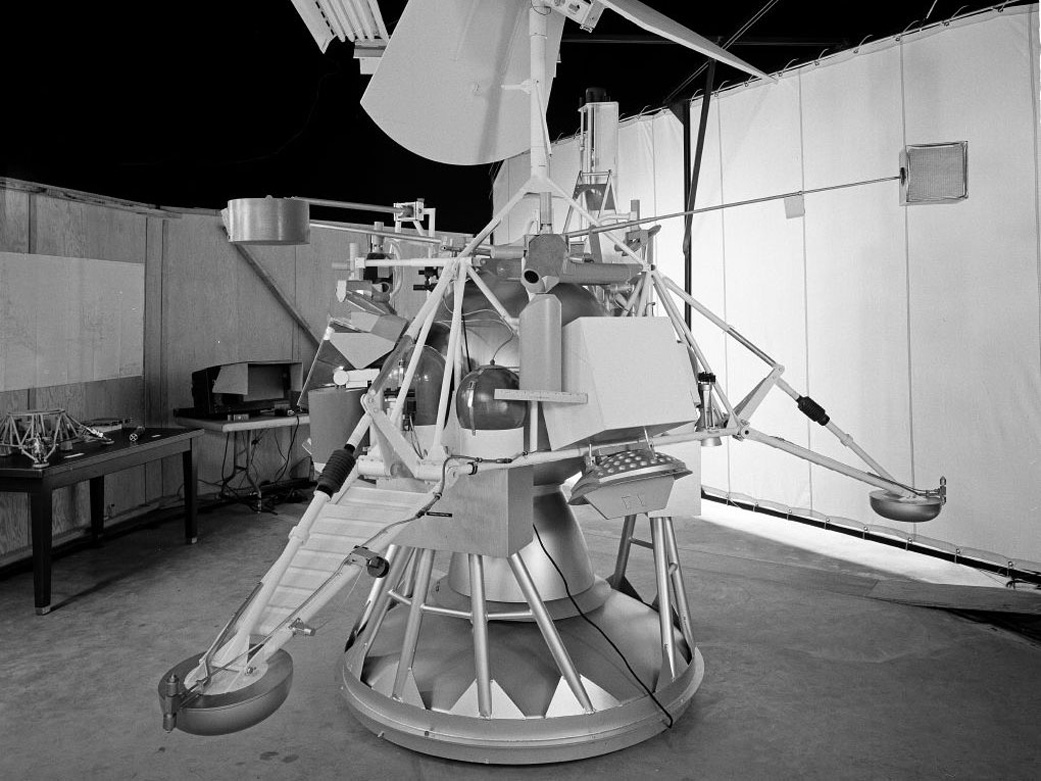
In 1966, NASA launched Surveyor 2 to the Moon. Now its rocket booster has apparently returned to near-Earth space. Earth has captured a tiny object from its orbit around the Sun and will keep it as a temporary satellite for…
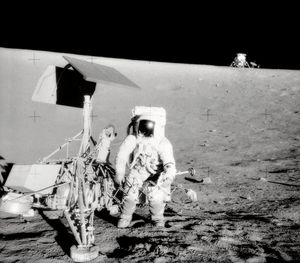
Before astronauts ever landed on the moon, the Soviets and the Americans sent a fleet of robotic spacecraft to scout the way.
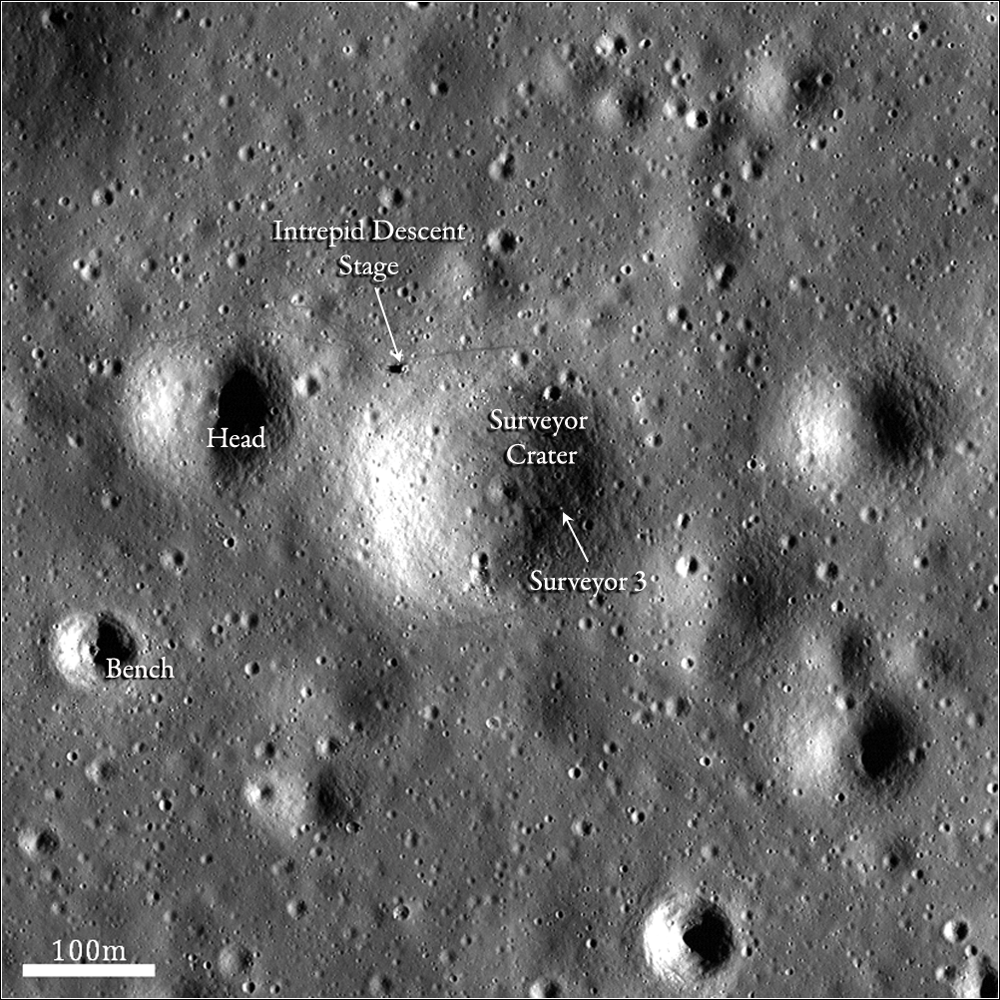
The Lunar Orbiter program, much like the Lunar Reconnaissance Orbiter, was designed primarily to obtain images that would allow scientists and engineers to characterize the moon’s surface in the context of finding safe and engaging landing sites for future missions. Between…
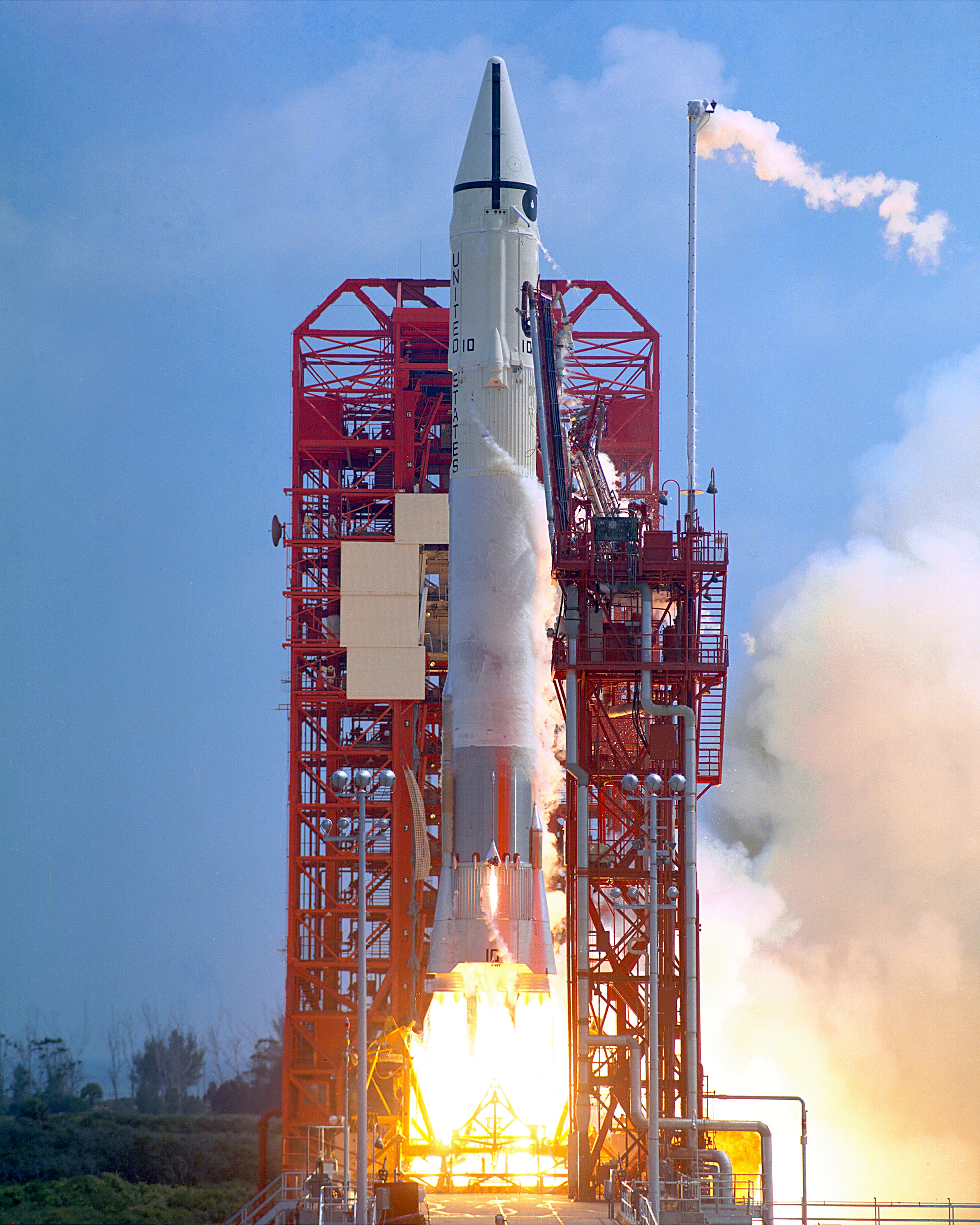
The several hundred Lewis Research Center (now NASA Glenn) employees gathered in the cafeteria were just settling down after remotely watching the first Titan-Centaur (TC-1) lift off into the blue Florida sky when a voice on the public address system…
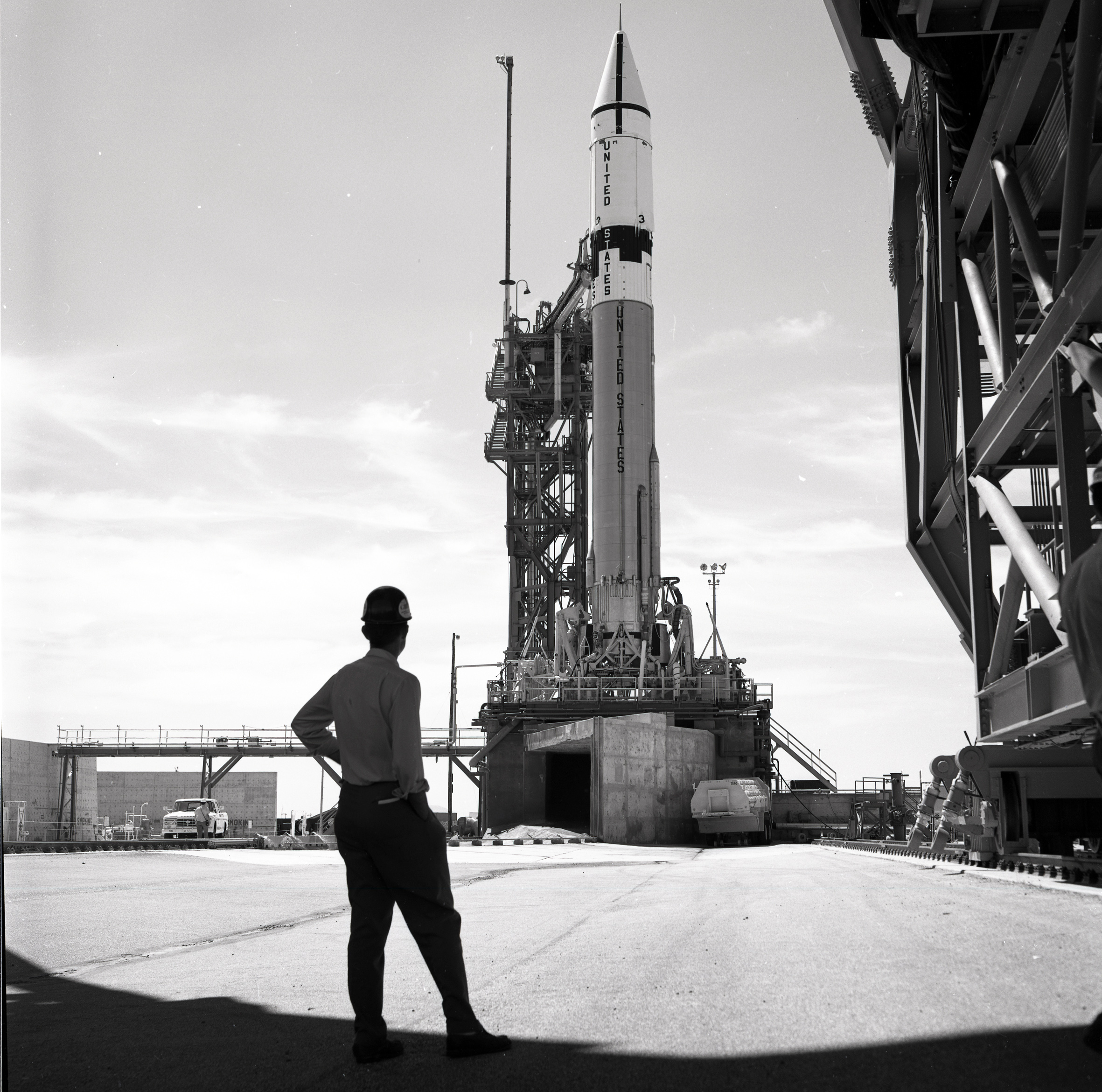
A high-energy rocket is largely responsible for advancing the quest for knowledge and revolutionizing global communications. Its name is Centaur, and it is America’s Workhorse in Space. Centaur is one of Lewis Research Center’s (now NASA Glenn) most significant achievements.…
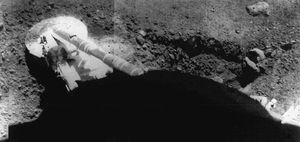
Surveyor 5 image of the footpad resting in the lunar soil. The trench at right was formed by the footpad sliding during landing. Surveyor 5 landed on the Moon on 11 September 1967 at 1.41 N, 23.18E in Mare Tranquillitatis.
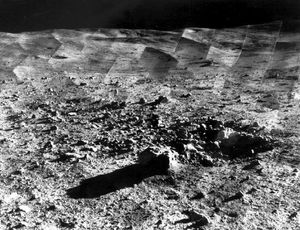
Photomosaic of lunar panorama near the Tycho crater taken by Surveyor 7. The hills on the center horizon are about eight miles away from the spacecraft.
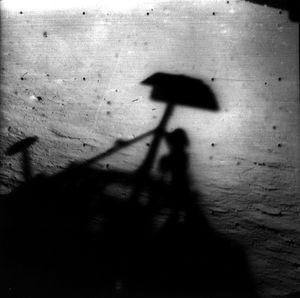
Image of Surveyor 1's shadow against the lunar surface in the late lunar afternoon, with the horizon at the upper right. Surveyor 1, the first of the Surveyor missions to make a successful soft landing, proved the spacecraft design and…
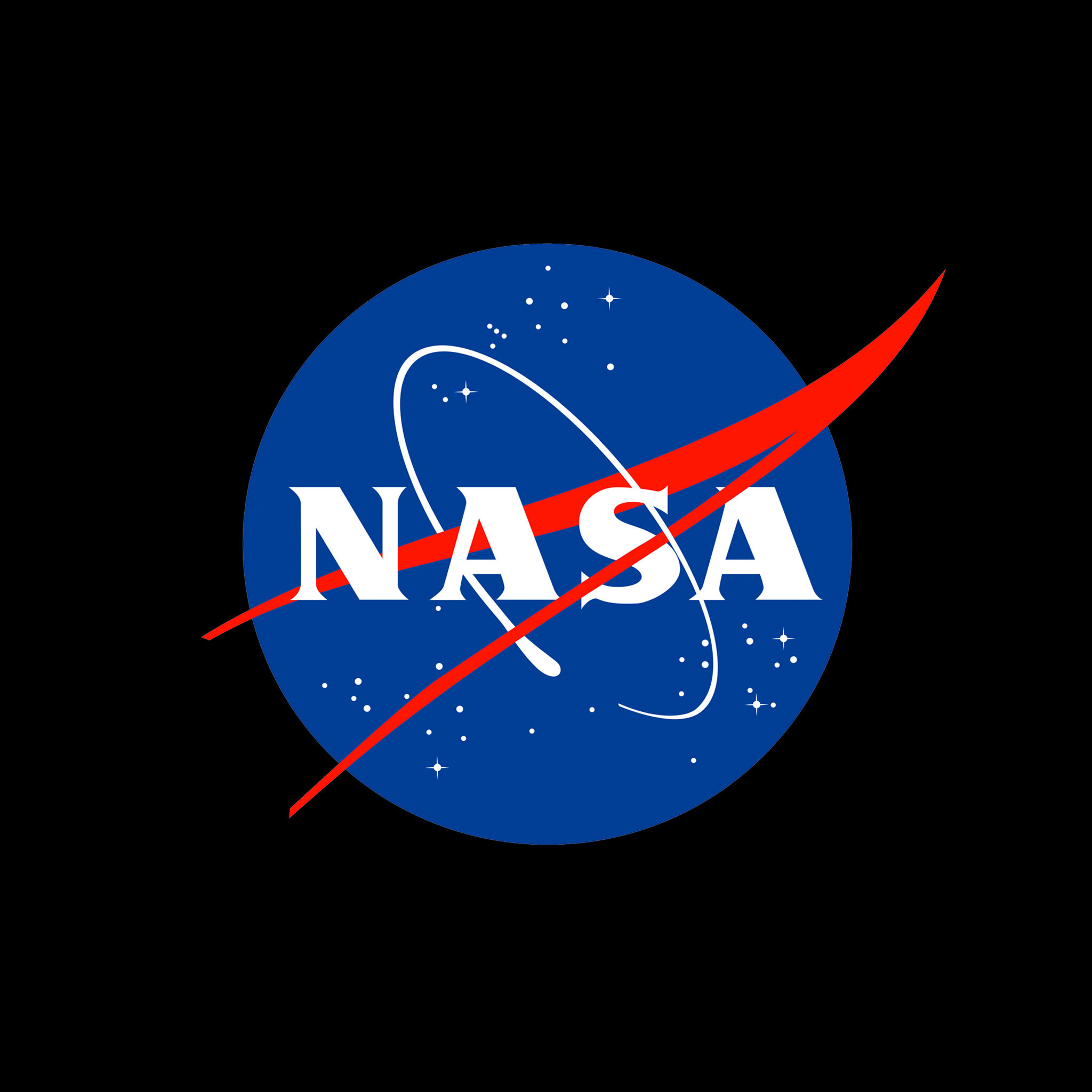
The National Aeronautics and Space Administration's Surveyor II spacecraft impacted the moon near the crater Copernicus on September 22, 1966.

The National Aeronautics and Space Administration's Surveyor I spacecraft made a perfect low-speed, three-point landing on the moon on June 1, 1966, after a 63-hour, 36-minute flight from Cape Kennedy.


























